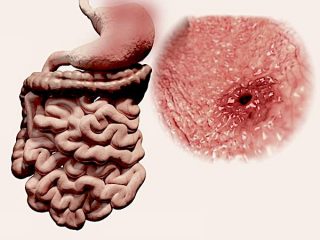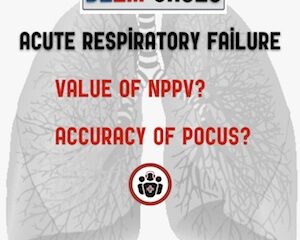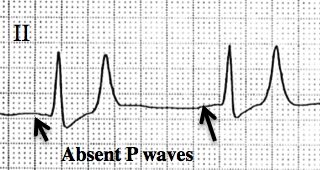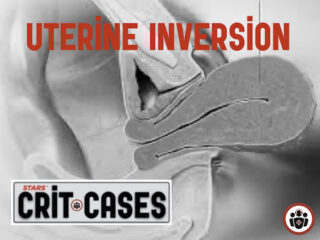Resuscitation
Best Case Ever 51 – Anticoagulants and GI Bleed with Walter Himmel
In anticipation of Episode 88 and 89: DOACs Use, Misuse and Reversal with the president of Thrombosis Canada and world renowned thrombosis researcher Dr. Jim Douketis, internist and thrombosis expert Dr. Benjamin Bell and 'The Walking Encyclopedia of EM' Dr. Walter Himmel, we have Dr. Himmel telling us the story of his Best Case Ever on anticoagulants and GI bleed. He discusses the most important contraindication to DOACs, the importance of not only attempting to reverse the effects of anticoagulants in a bleeding patient but managing the bleed itself as well as more great pearls. In the upcoming episodes we'll run through 6 cases and cover the clinical use of DOACs, how they work, safety, indications, contraindications, management of minor, moderate and severe bleeding, the new DOAC reversal agents, management of DVT with DOAC anticoagulants, stroke prevention in atrial fibrillation with DOACs and much more...
CritCases 5 – Pediatric Drowning and Hypothermia
In this CritCases blog - a collaboration between STARS Air Ambulance Service, Mike Betzner and EM Cases, Dr. Michael Misch discusses the management controversies around a challenging pediatric drowning and hypothermia case, including the nuances of rewarming, oxygenation, CPR or no CPR, the role of ECMO, dosing of epinephrine and more...
Episode 86 – Emergency Management of Hyperkalemia
This is 'A Nuanced Approach to Emergency Management of Hyperkalemia' on EM Cases. Of all the electrolyte emergencies, hyperkalemia is the one that has the greatest potential to lead to cardiac arrest. And so, early in my EM training I learned to get the patient on a monitor, ensure IV access, order up an ECG, bombard the patient with a cocktail of kayexalate, calcium, insulin, B-agonists, bicarb, fluids and furosemide, and get the patient admitted, maybe with some dialysis to boot. Little did I know that some of these therapies were based on theory alone while others were based on a few small poorly done studies. It turns out that some of these therapies may cause more harm than good, and that precisely when and how to give these therapies to optimize patient outcomes is still not really known...
BEEM Cases 3 – Acute Respiratory Failure: NIPPV & POCUS
Shortness of breath is a very common chief complaint in the emergency department, but despite our familiarity with this symptom, management is not always straightforward. The differential diagnosis is extensive, including the common cardiorespiratory conditions, but extending to toxicologic, hematologic, neuromuscular, metabolic, and psychiatric causes. Over the past decade, we have seen the widespread adoption of new technologies to help us manage these patients. This post will look at some new evidence on two of those technologies: noninvasive positive pressure ventilation (NIPPV) and ultrasound (POCUS). We will answer 3 questions based on 3 systematic reviews using the BEEM critical appraisal framework...
Best Case Ever 49 – Post-Arrest Hyperkalemia
Melanie Baimel's Best Case Ever on Post-Arrest Hyperkalemia on EM Cases. Post arrest patients can sometimes be challenging. We need to think of a variety of underlying causes of the arrest, antiarrhythmics, possible cath lab activation, targeted temperature management, sedation and more. To add to this, many post arrest patients do not have ideal vital signs that require attention. In this Best Case Ever, in anticipation of our upcoming episode on A Rational Approach to Hyperkalemia Dr. Melanie Baimel describes a post arrest patient who remains bradycardic and hypotensive despite multiple pressors....
CritCases 4 – Uterine Inversion and Postpartum Hemorrhage
In this CritCases blog - a collaboration between STARS Air Ambulance Service, Mike Betzner and EM Cases, Dr. James Brokenshire presents a case of acute unstable Uterine Inversion and discusses key therapeutic maneuvers including the Johnson Maneuver, tocolytics and resuscitation of postpartum hemorrhage.







